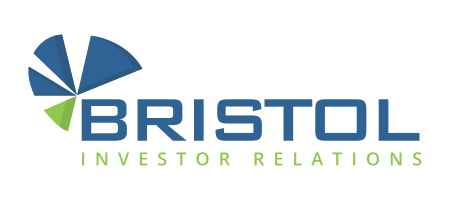The Conundrum of Sell Side Research
The Conundrum of Sell Side Research

There is changing sentiment towards the sell-side analyst community, both in North America and around the world. In its early days, sell side equity research existed for three main reasons. Firstly, to write and analyze on clients of the capital markets arm of the firm, secondly to create corporate access and events for these clients and lastly, and some might say most importantly, to provide information about companies and industries to fund managers and potential investors. Common understanding amongst most investment professionals today is that sell-side analysts are in the business of finding/recommending stocks they believe will increase in price, and telling investors whether you should buy, hold, or sell a stock based on expected performance. However, another sell-side model has begun to garner quite a bit of attention.
This newer model suggests analysts really only value providing corporate access to their institutional clients. Analysts will give their covered companies buy ratings in order to maintain their presumably strong relationship, which in turn helps their clients (institutions) with continued access to management. Given the large sums of money some of these funds manage, they need to conduct their own diligence before investing. In other words, the word “Buy” at the top of an analyst report doesn’t mean much to smart money. By telling an analyst their relationships are worth more than their ratings, (and that’s what practically the whole buy side is saying) the whole model is thrown off. Corporate access versus neutrality is what it boils down to.
Most institutional investors are aware of this model, and have been for quite some time, but this realization might be new to the average retail investor or small fund manager. The majority of retail investors don’t have the luxury of direct access to management or high level information and they tend to rely on analysts (who do have that direct access) and their reports to make investment decisions. As it turns out, most of those reports with a buy rating might mean something entirely different than a recommendation to actually “buy” the stock. There have been cases where analysts have written negative reports (content wise) about companies, but still rated them a buy or hold. In other words, you seldom see an analyst report with a sell rating.
According to some reports, only 6% of approximately 11,000 recommendations of stocks listed on the S&P 500 index are sell or equivalent ratings. Analysts maintain anything but a sell rating on stocks, because, well, let’s face it; a sell rating would most likely have disastrous implications. Analysts run the risk of not having their questions answered on earnings calls, e-mails or phone calls might not be returned, they may even have problems setting up meetings for their institutional clients to meet with management of the companies they cover, potentially severing any meaningful relationship an analyst might have once had with management. Investment banking arms might also feel shockwaves as companies could go elsewhere next time they need to raise capital.
This model’s roots can be traced back to the early 2000’s to a large settlement between Wall Street securities firms and regulators. As regulators looked to rid the industry of potential conflicts of interest and overly positive/biased research, it might have made the problem even worse. According to some reports, one-third of analyst compensation is tied to corporate access they provide their institutional clients. Brokerages actually keep track of how many meetings their analysts arrange between covered companies and institutions. Simple math tells you that the more glowing ratings an analyst provides to companies they cover, the more meetings they will be able to arrange for them.
According to research, global investment banks are spending about $3.5 bn this year to fund equity research operations, compared with more than $8 bn in 2008, according to Frost Consulting. Over the same span, about $1 tn has flowed out of active asset management in the US, most of that being captured by passive strategies such as indexing. Passive funds are approaching 50 percent of US fund assets under management, as calculated by EPFR Global. That figure was only 30 percent in 2010. The numbers tell a story and show a pattern.
In Europe as MIFID II is rolled out it will force investment banks to separate research and trading, with the USA slowly moving toward this model. In time we will see the true impact of this regulation and how it will impact this industry. There is definite value in the two-way communication between an investor and an experienced analyst provides who provides swift, dynamic information flow that helps the investor toward making a decision on a stock. Regulators have stepped in and made it mandatory to use more vague language which can be difficult for an analyst to express himself fully or else to have to undergo a drawn-out publishing process.
This piece wasn’t written to discredit the sell side industry. For the average retail investor or small office/fund, research reports contain a wealth of value. Analysts do take the time to provide strong company and industry background, pricing models, in depth financial analysis, and most importantly, a thought process. Seeing how an analyst arrived at a particular conclusion is important for numerous reasons. Investors who utilize these reports just have to be aware of the underlying bias that might surround them. Content will often be skewed towards the positive in order to maintain what was outlined above. The prettier the picture an analyst can paint, the more likely the company they cover is to utilize their capital markets services. At the end of the day, brokerages need to get paid. In order to get paid you need clients (publicly traded companies) you can provide a service to.
Sources:
Bloomberg
Globe and Mail
IR Magazine – Randle Reece
Wall Street Journal
